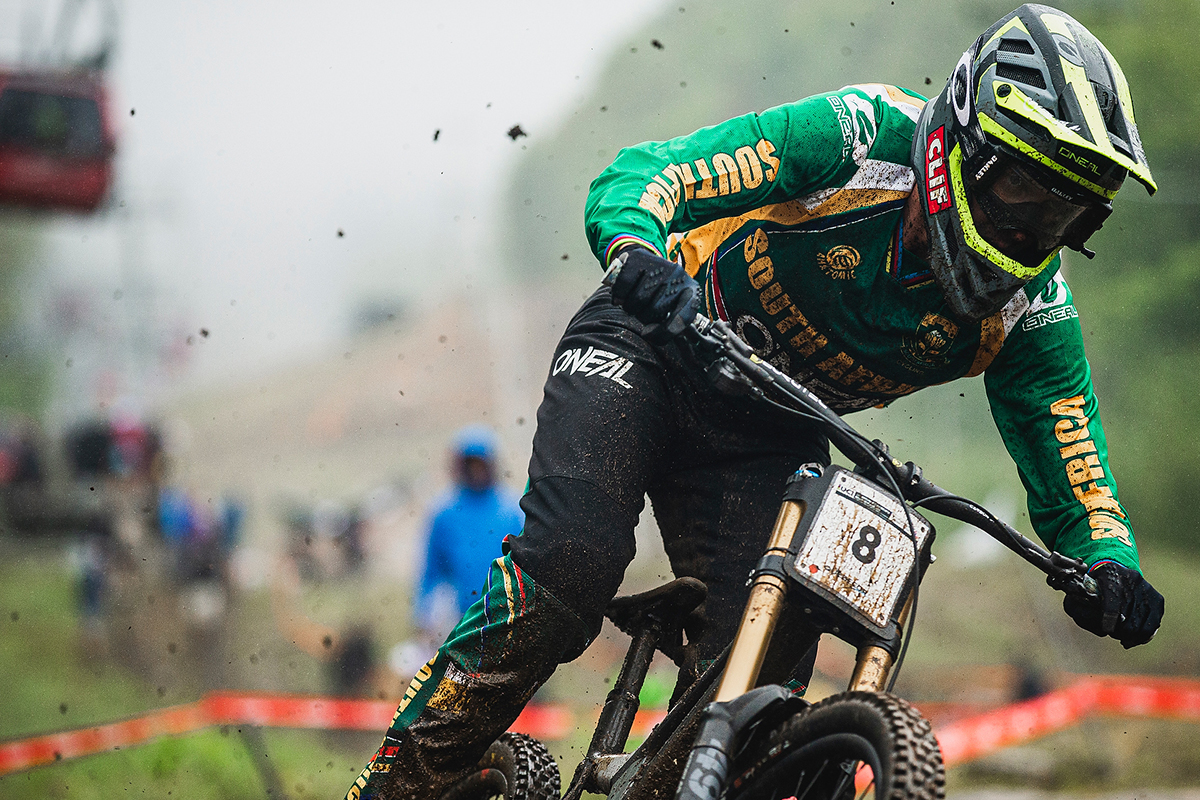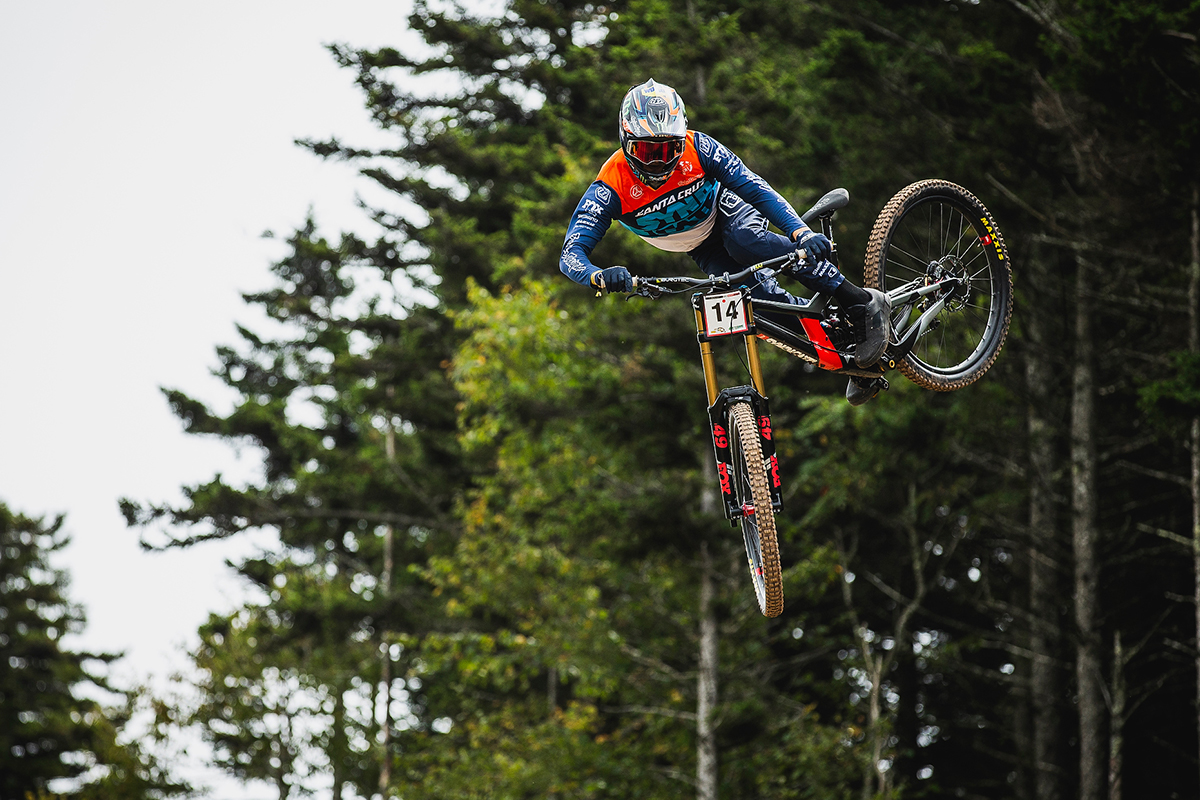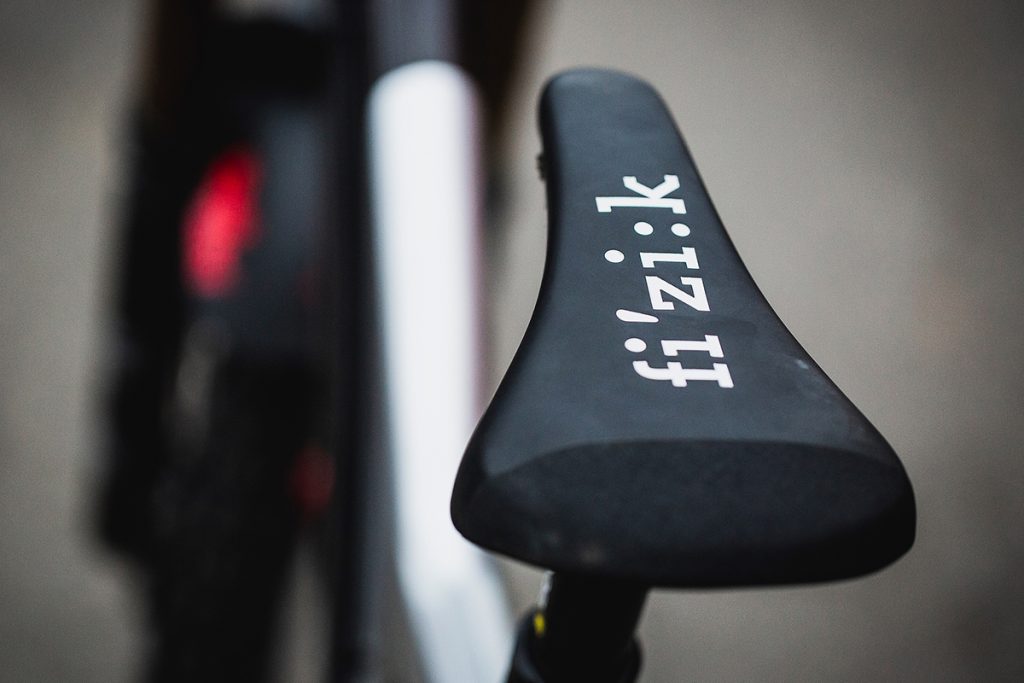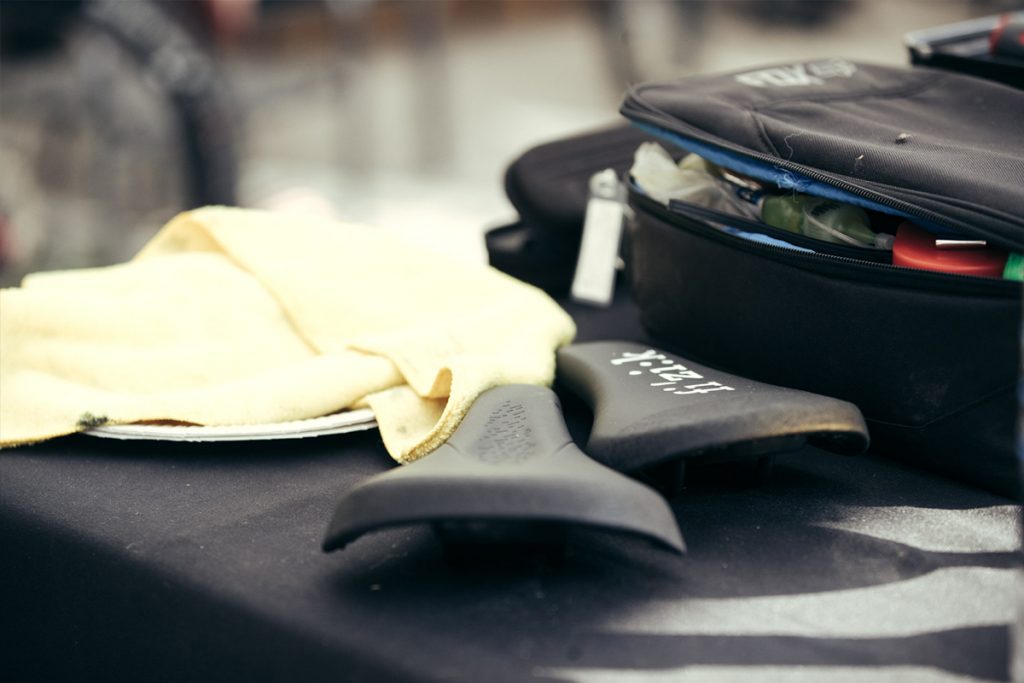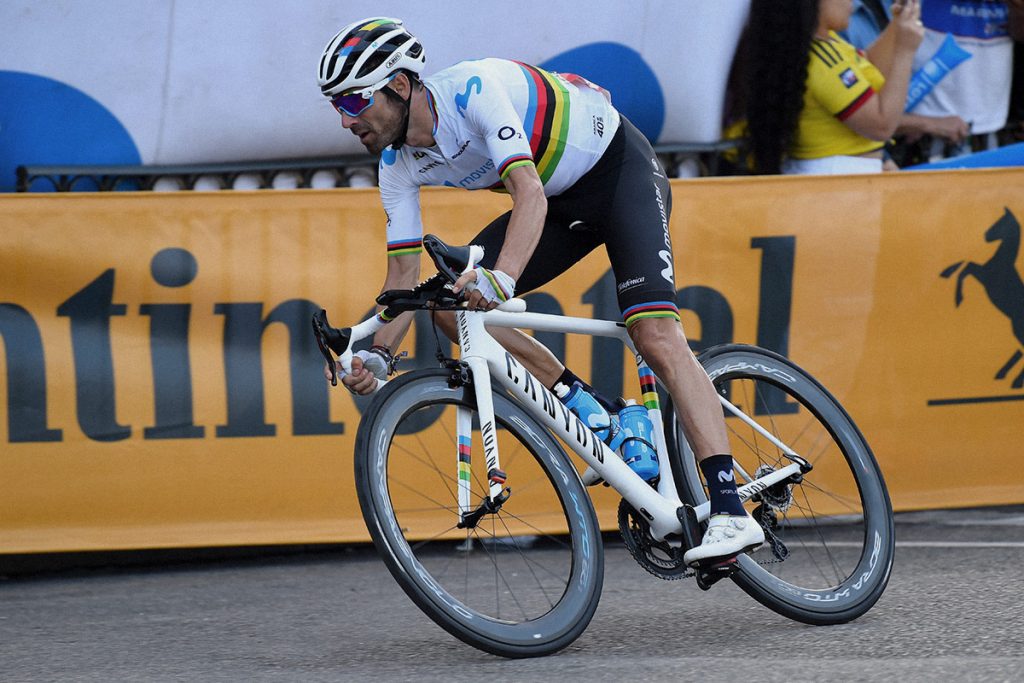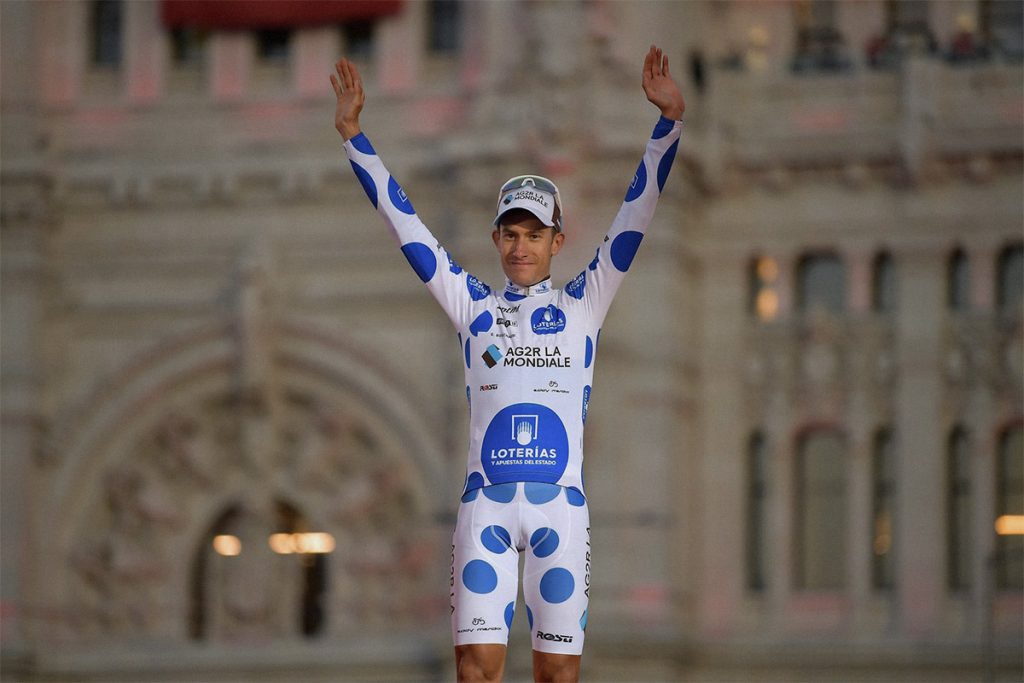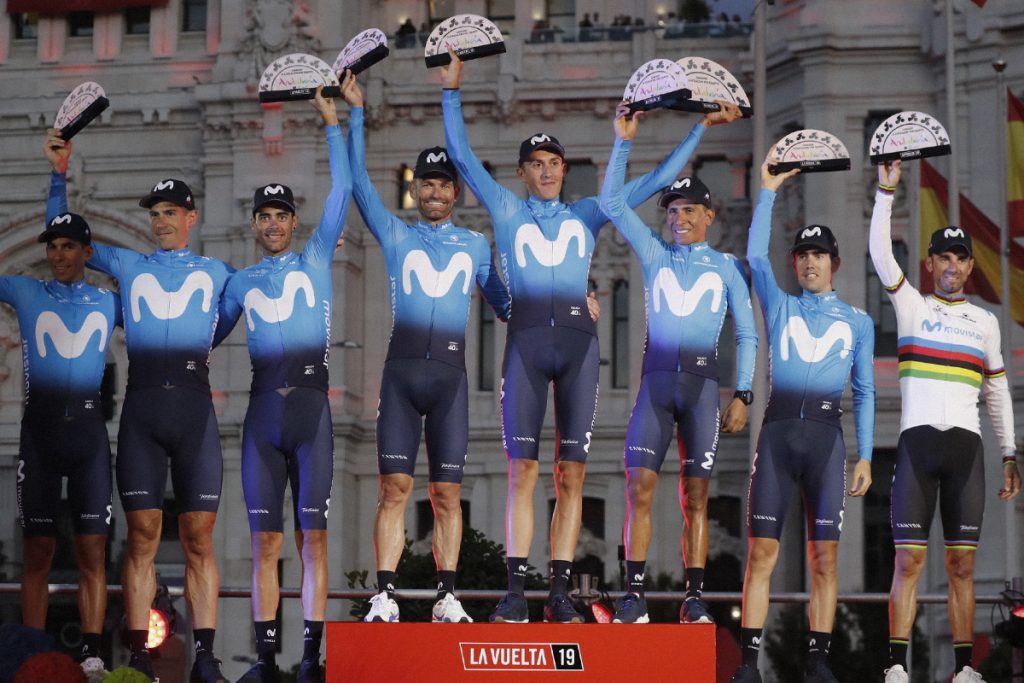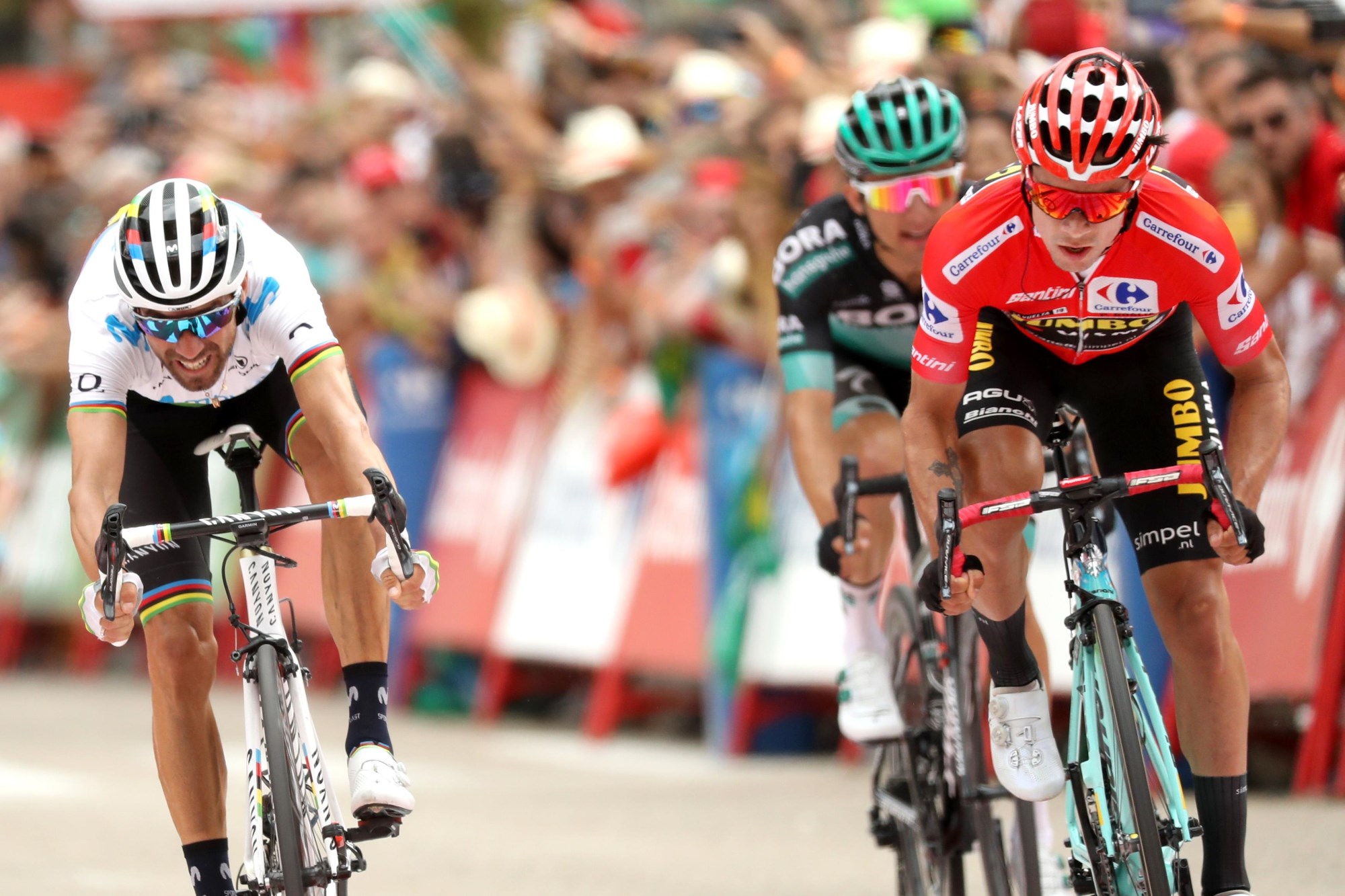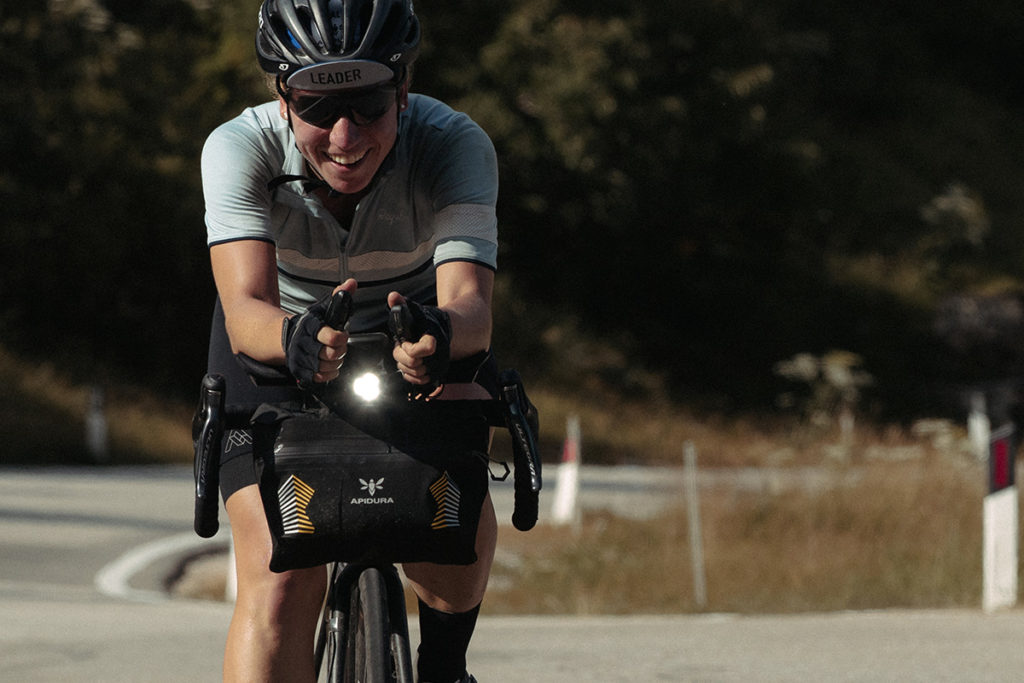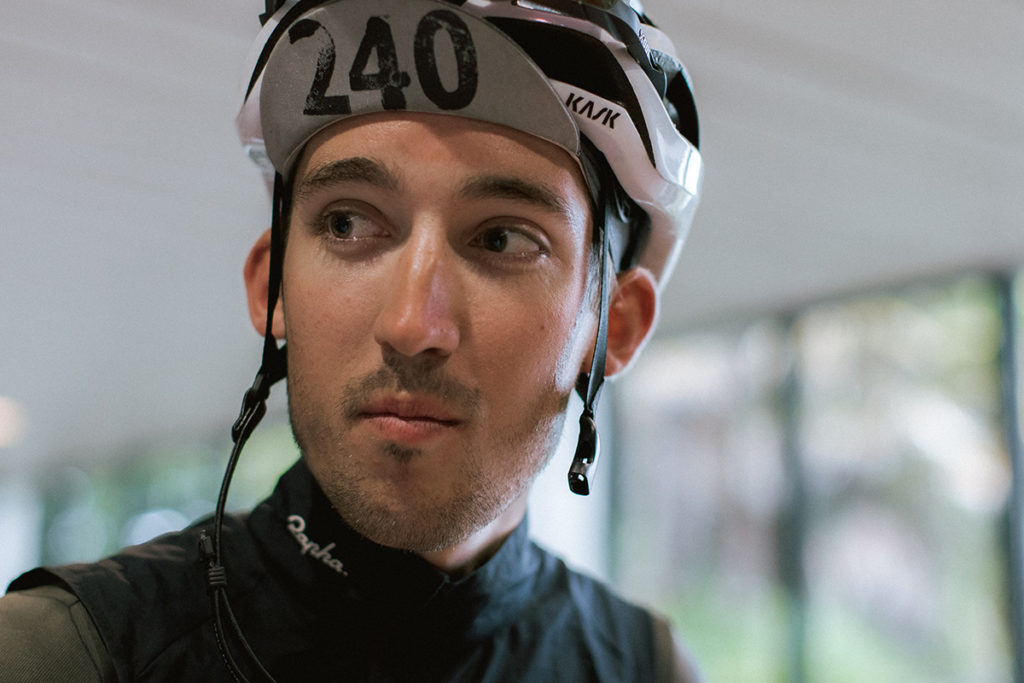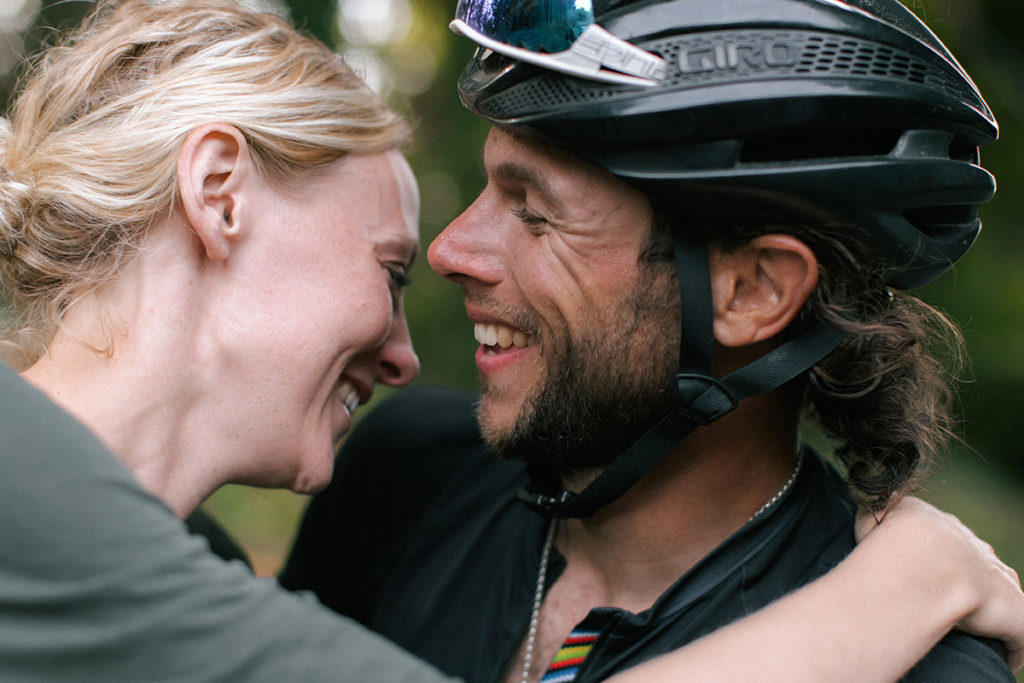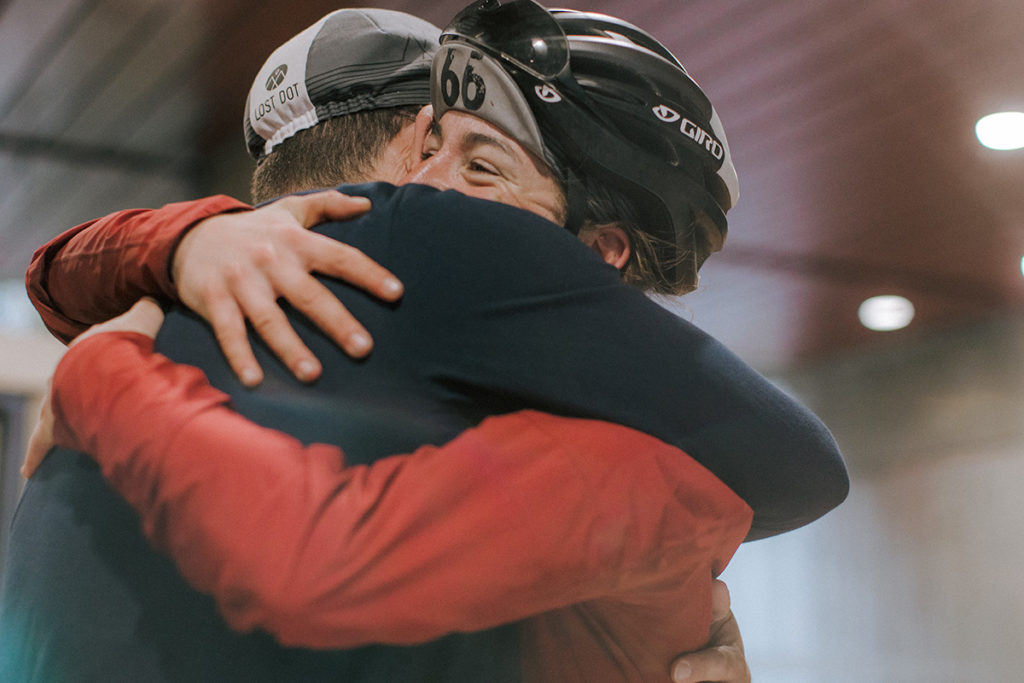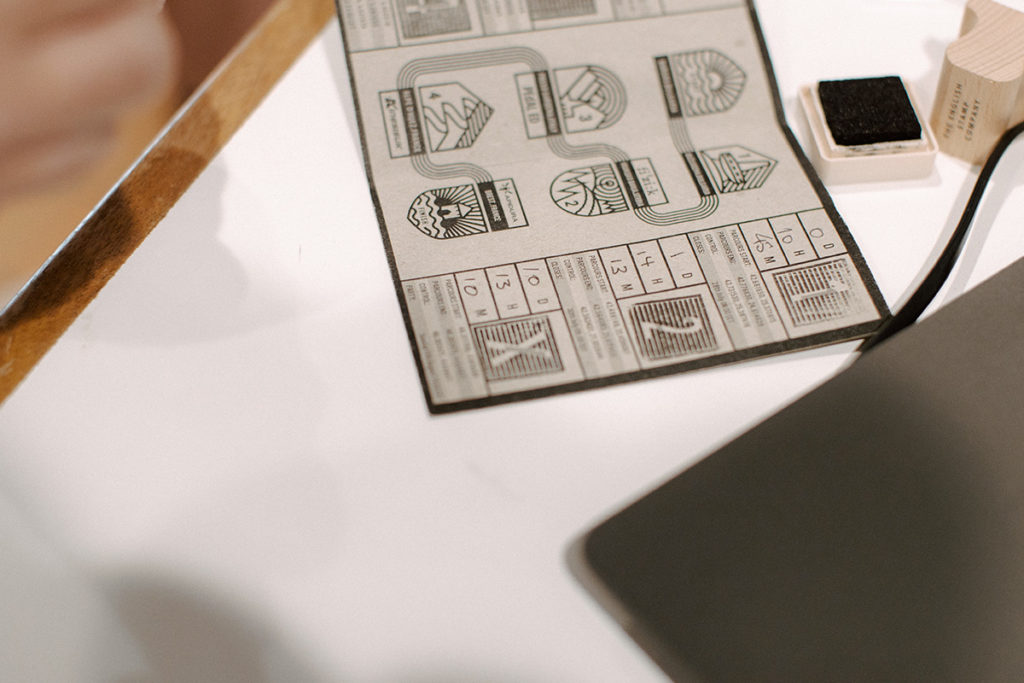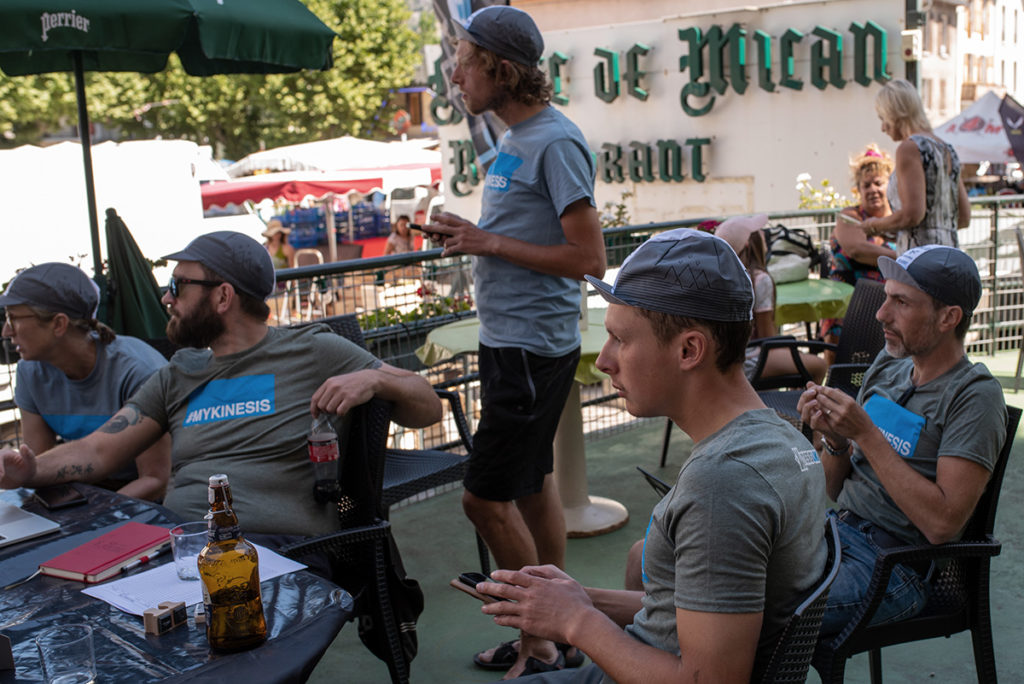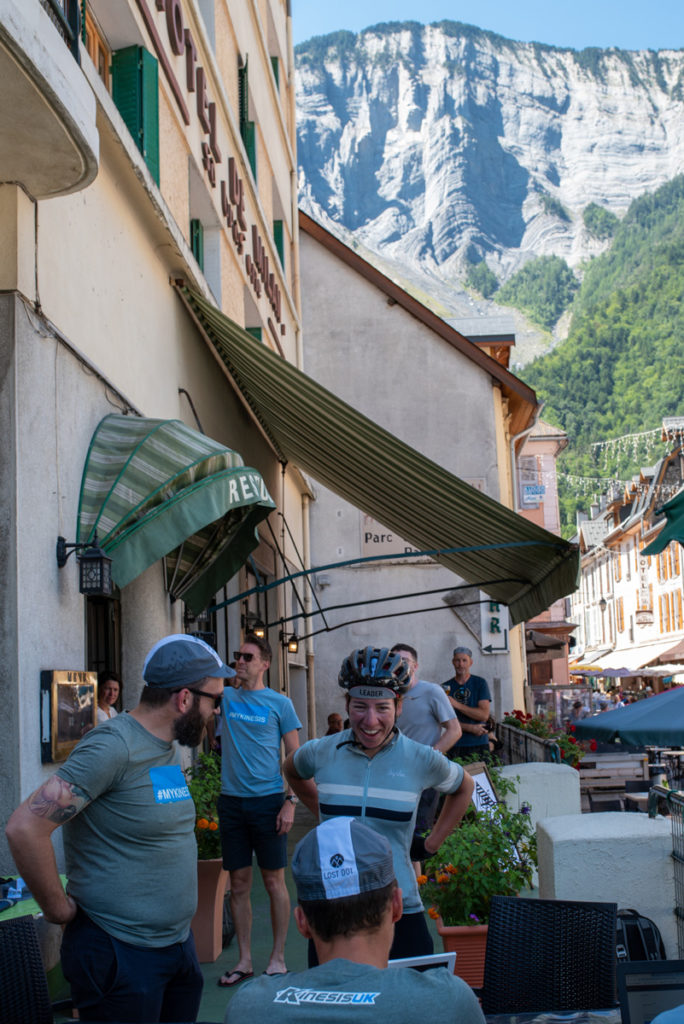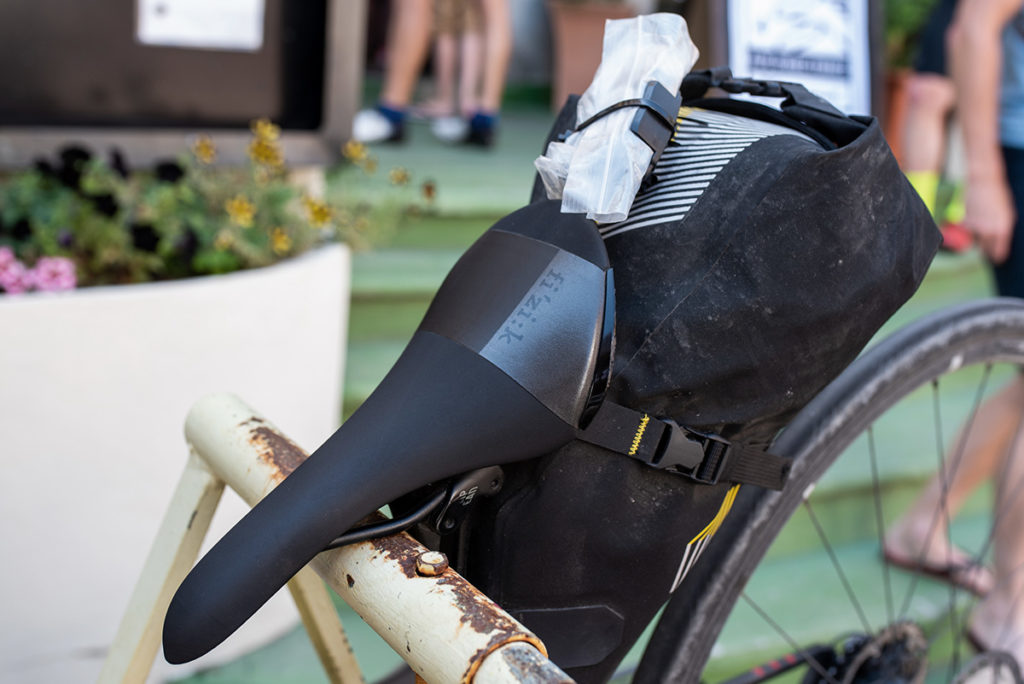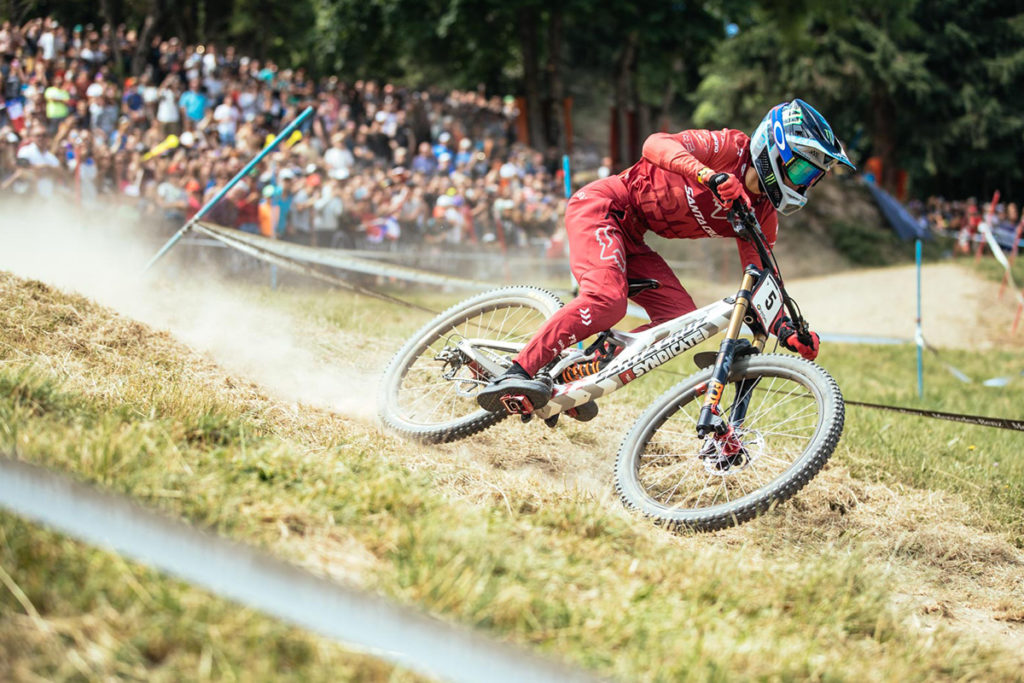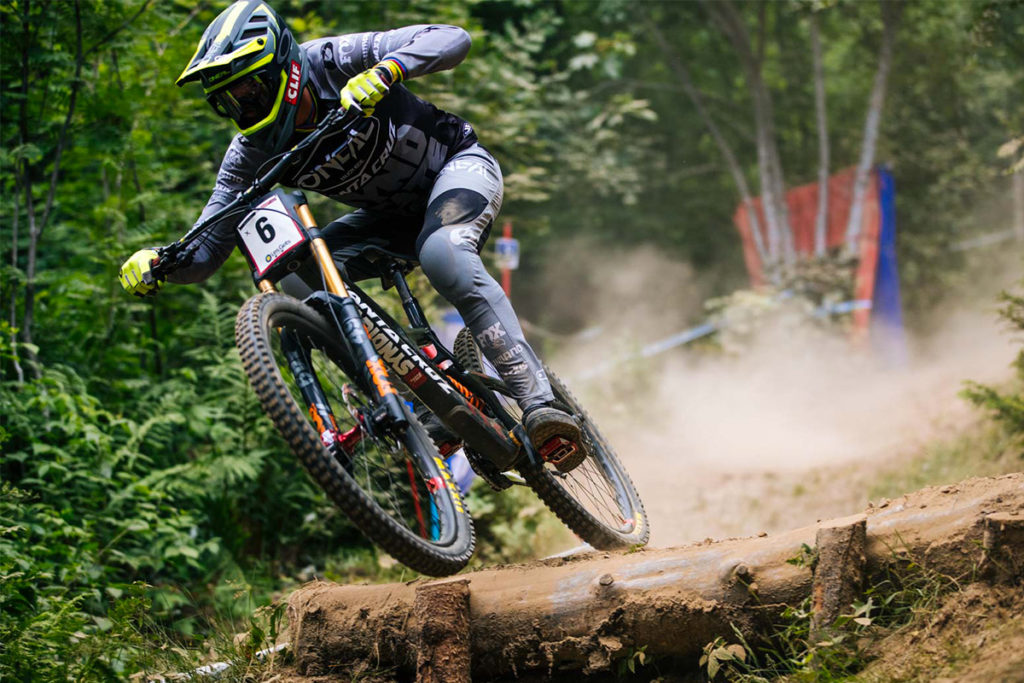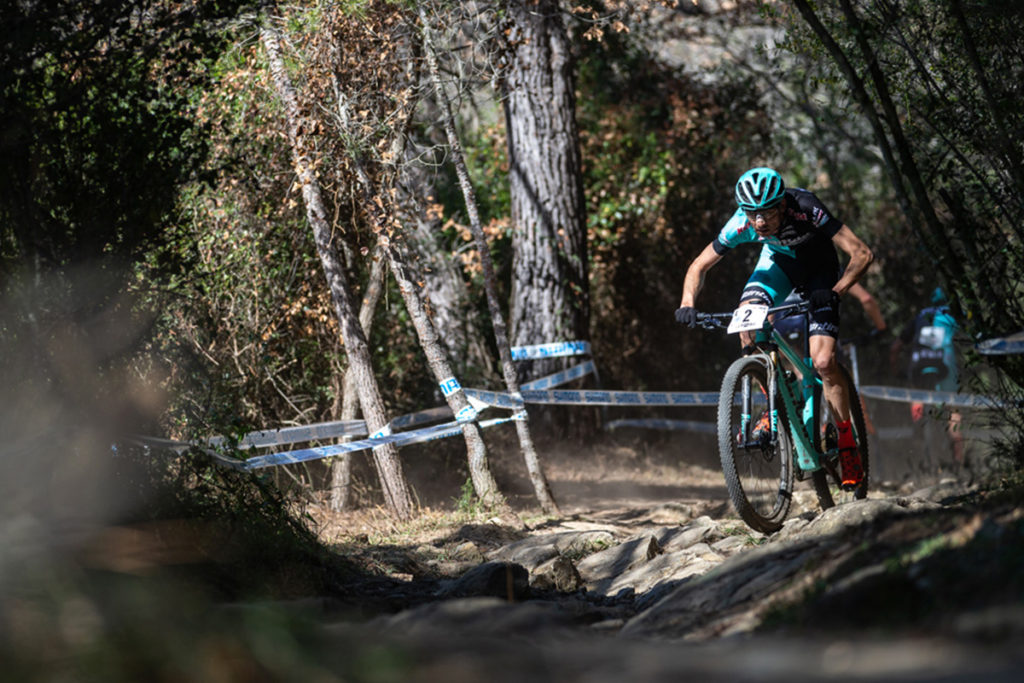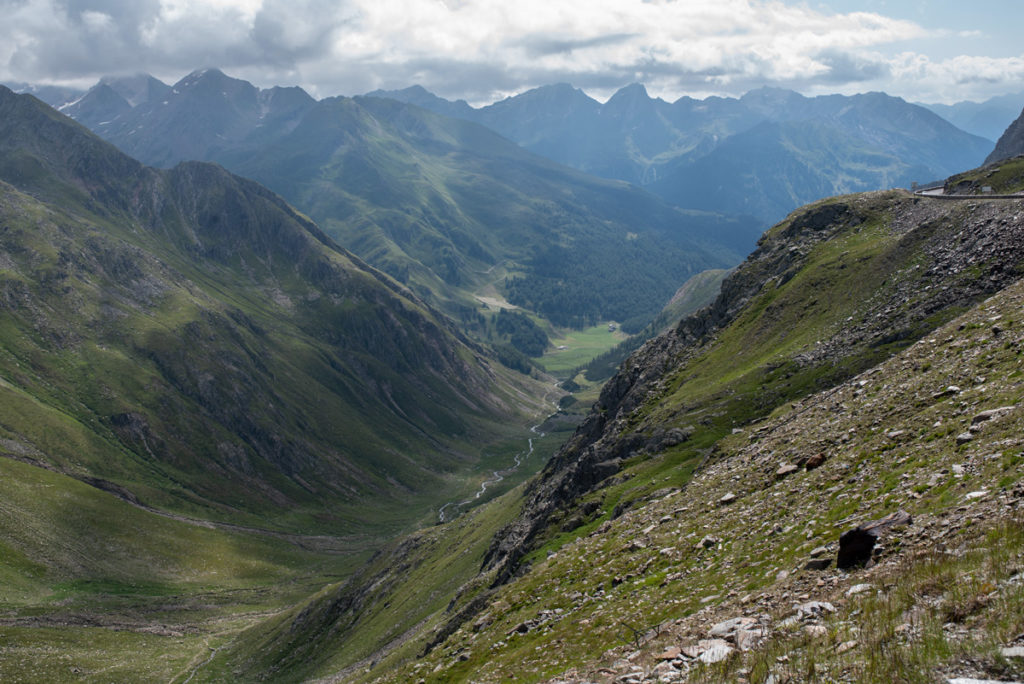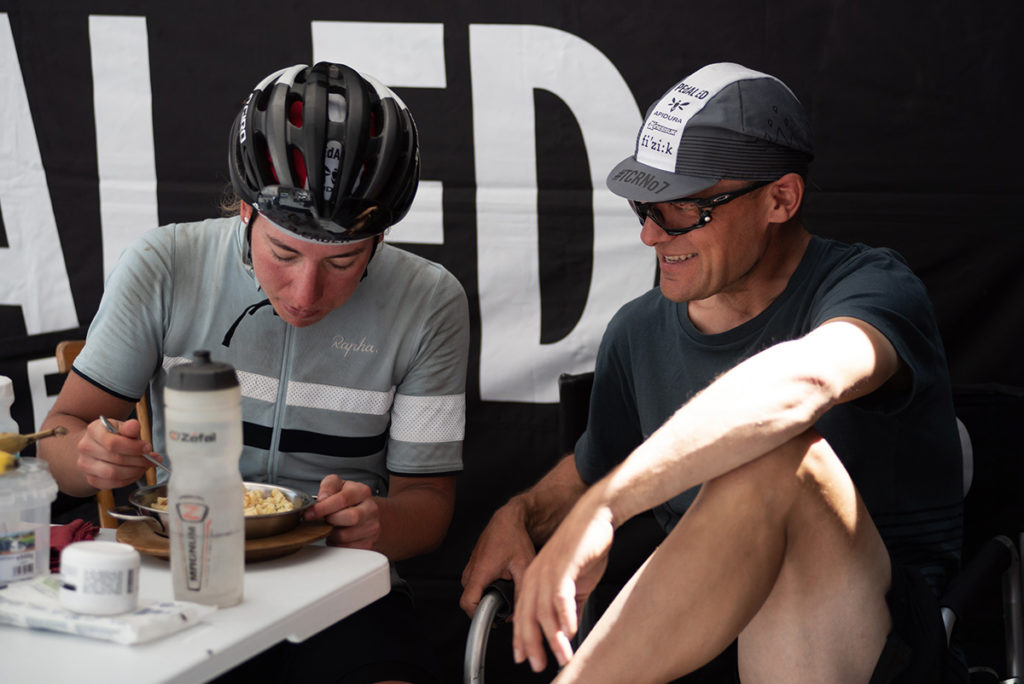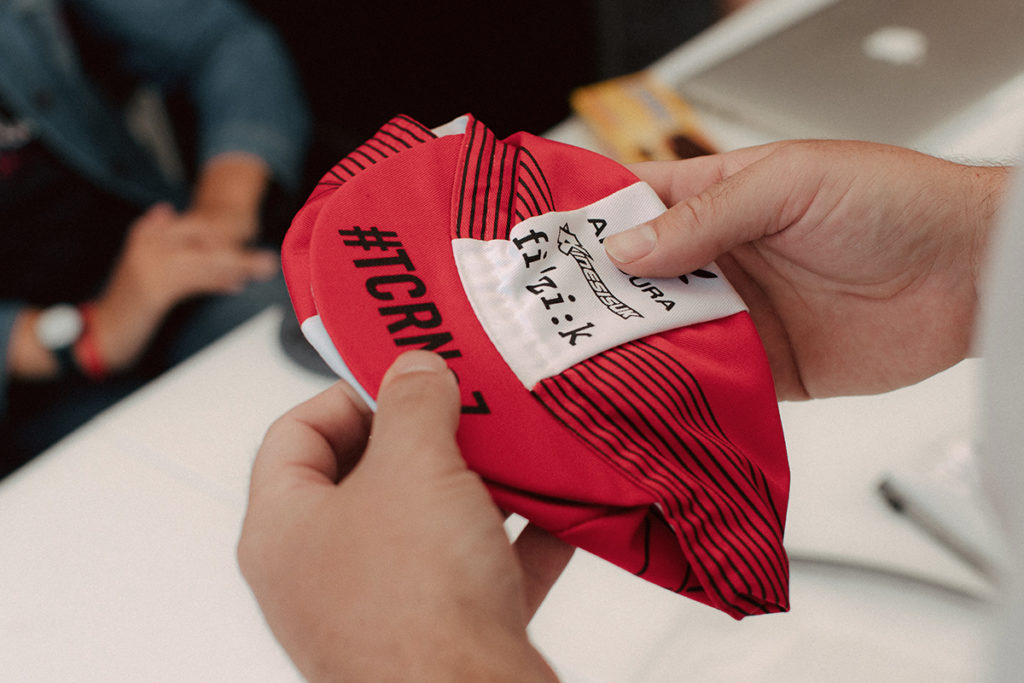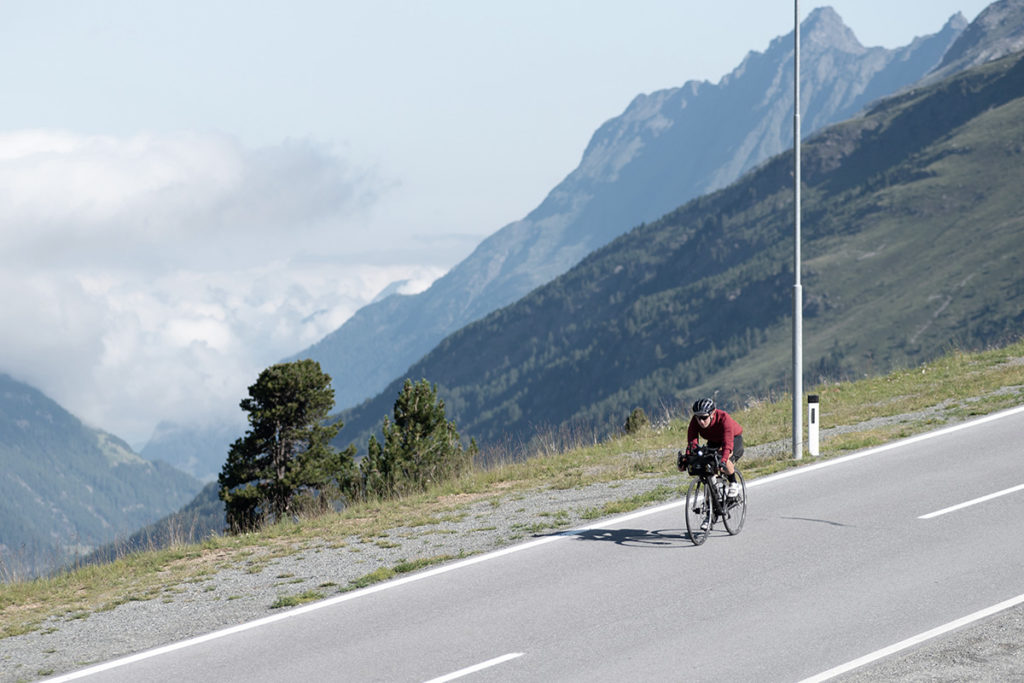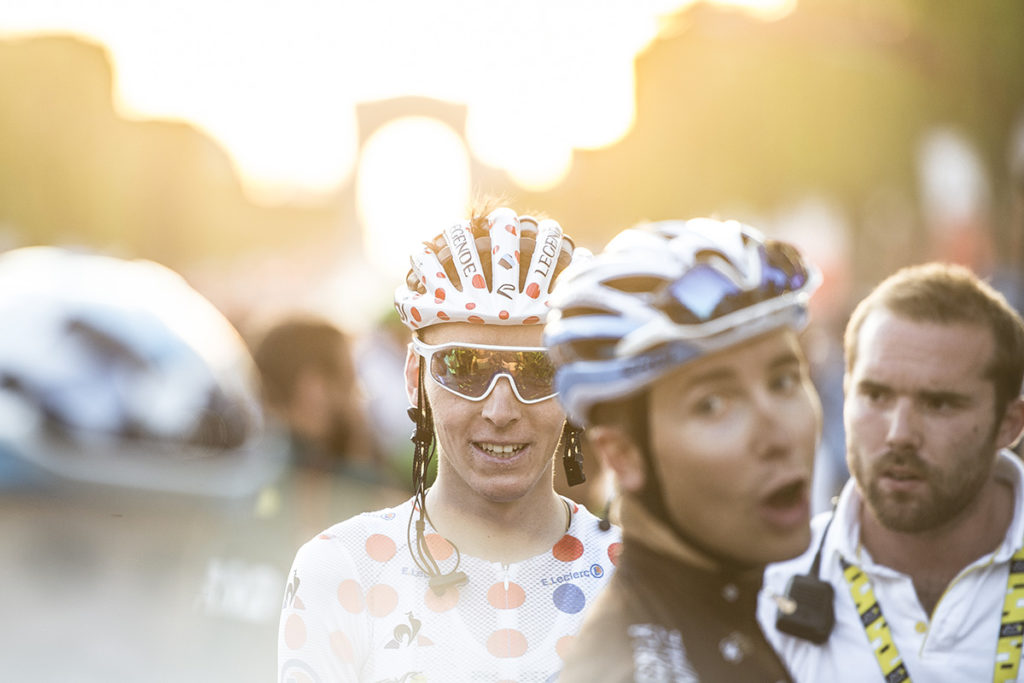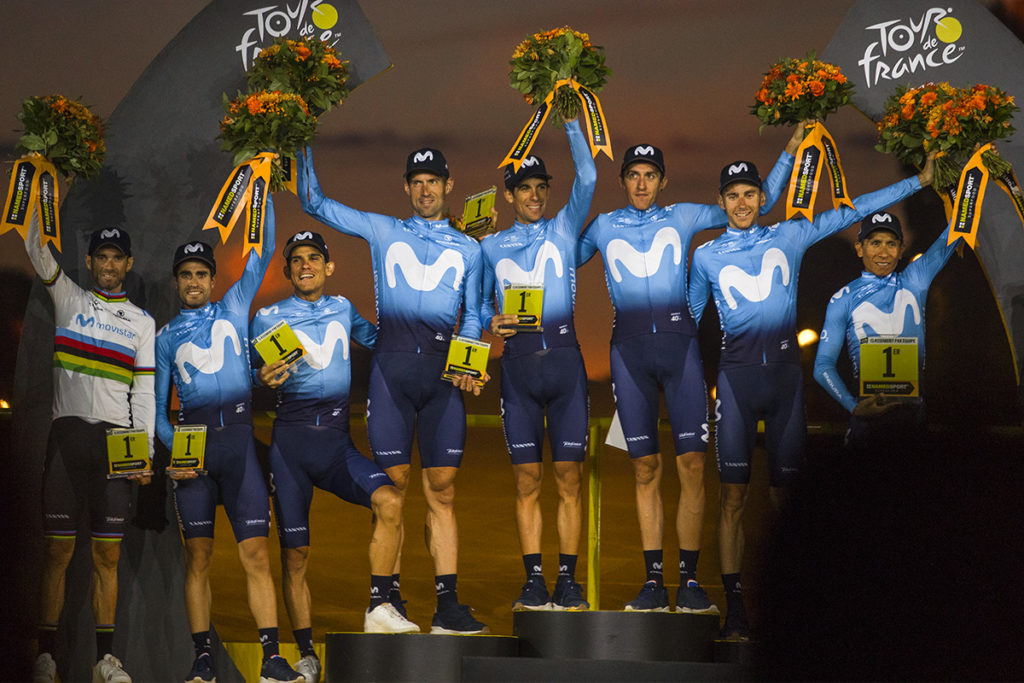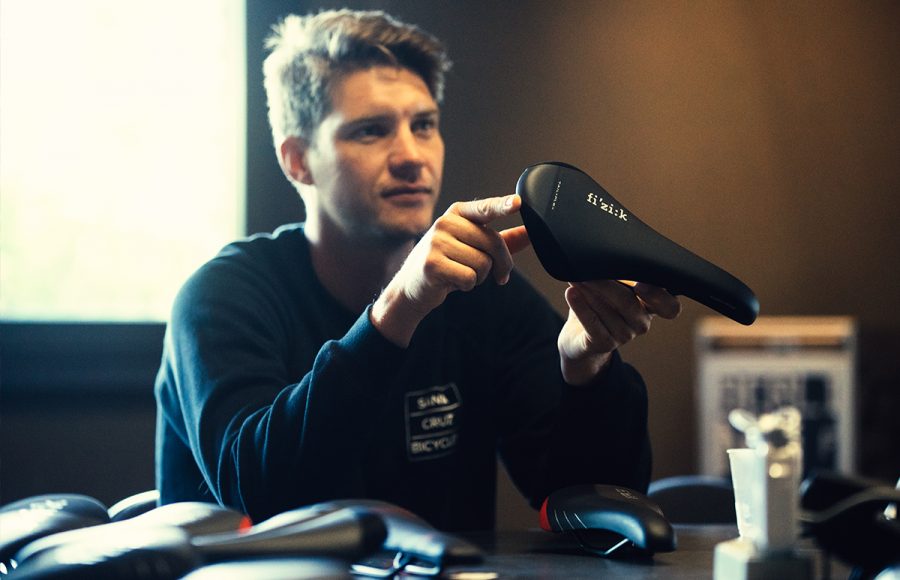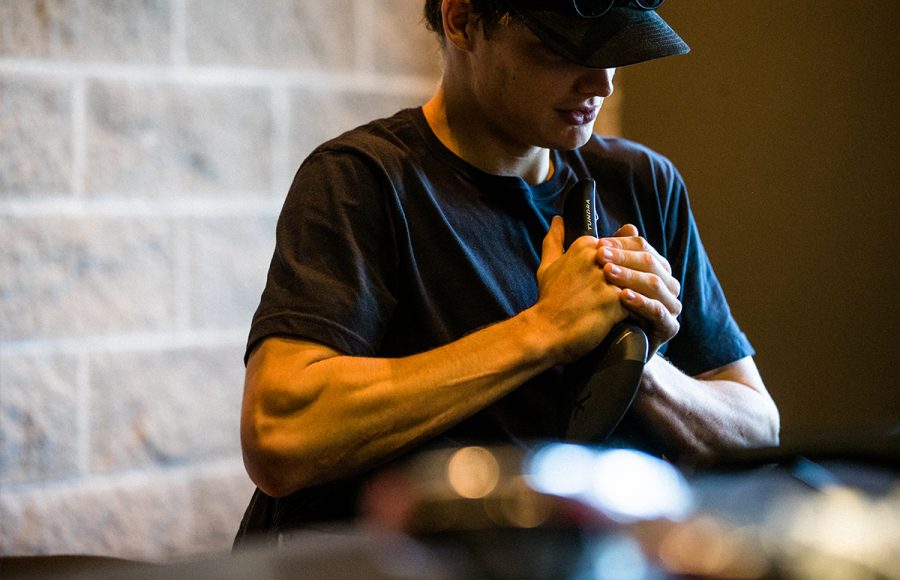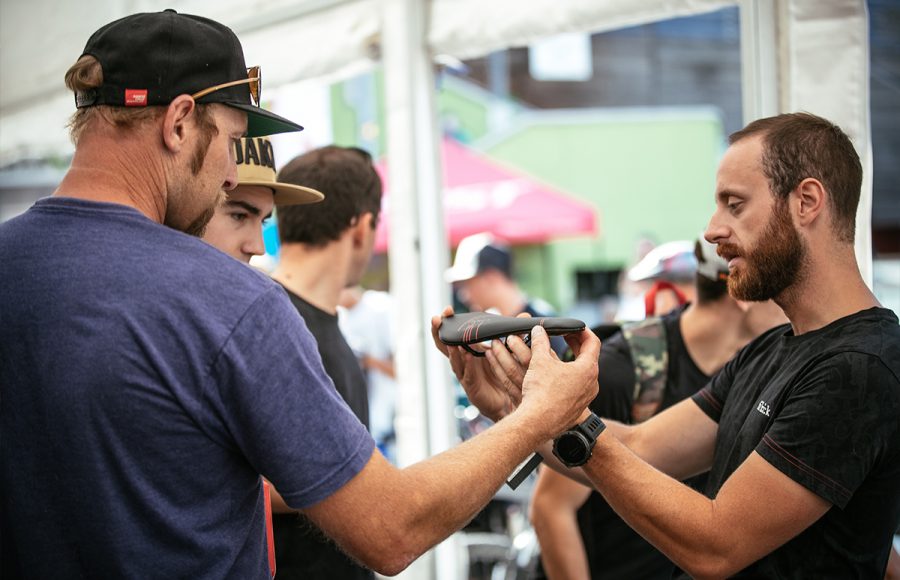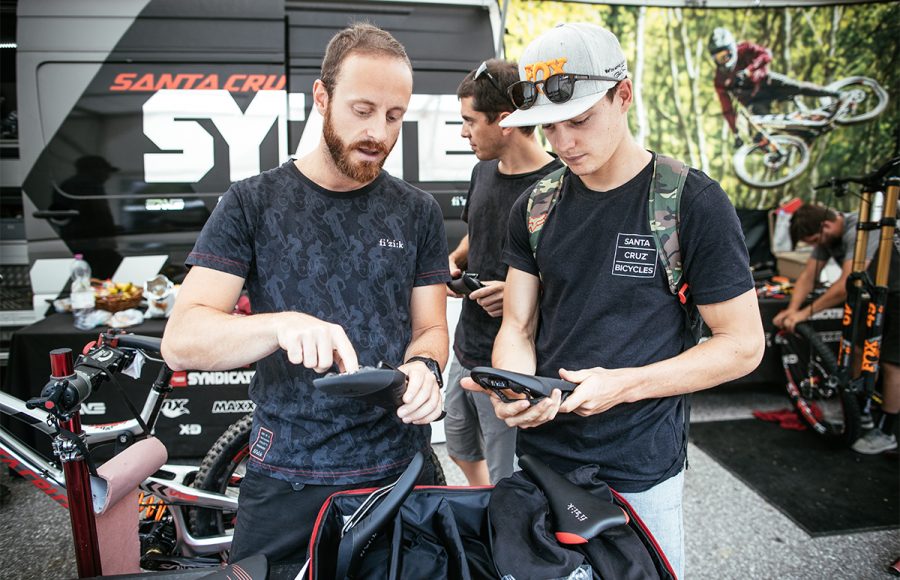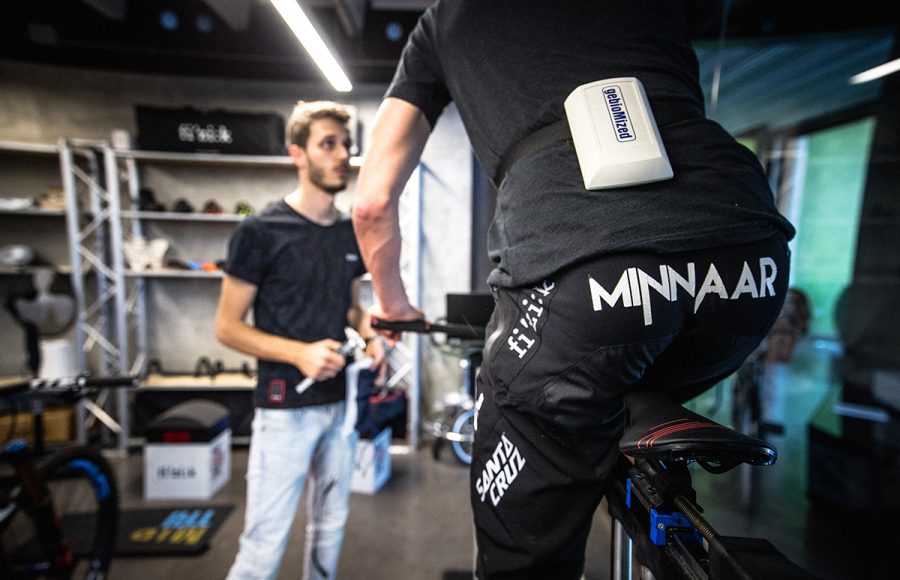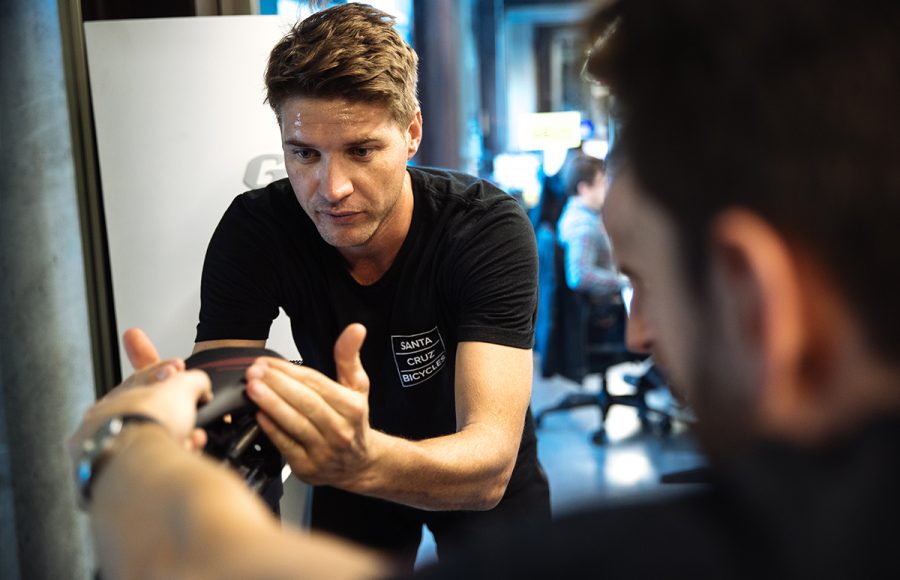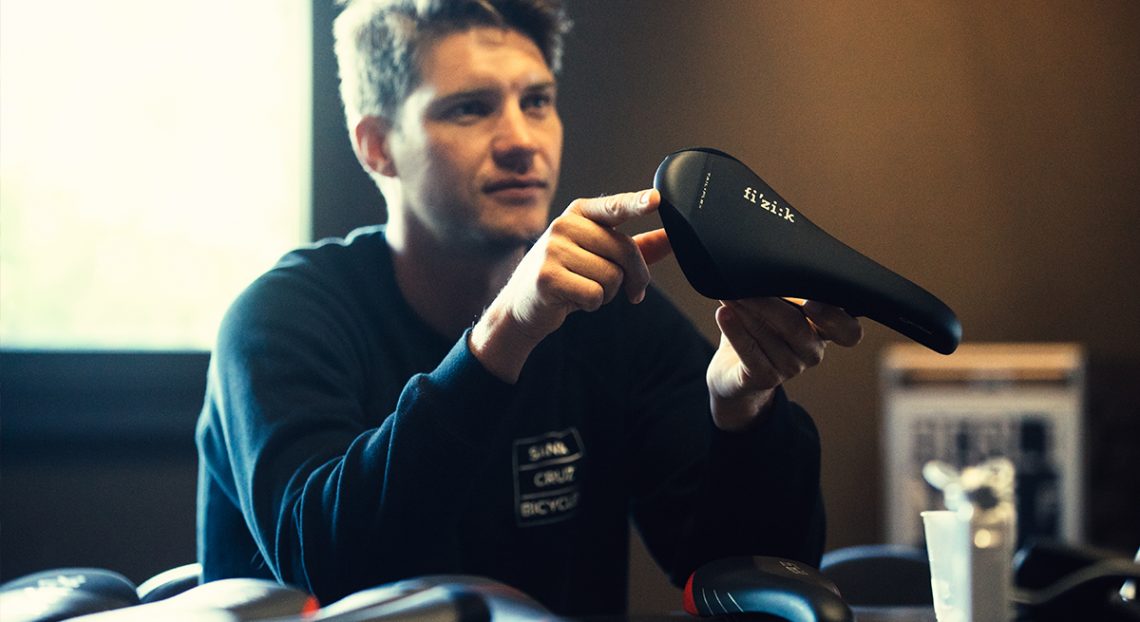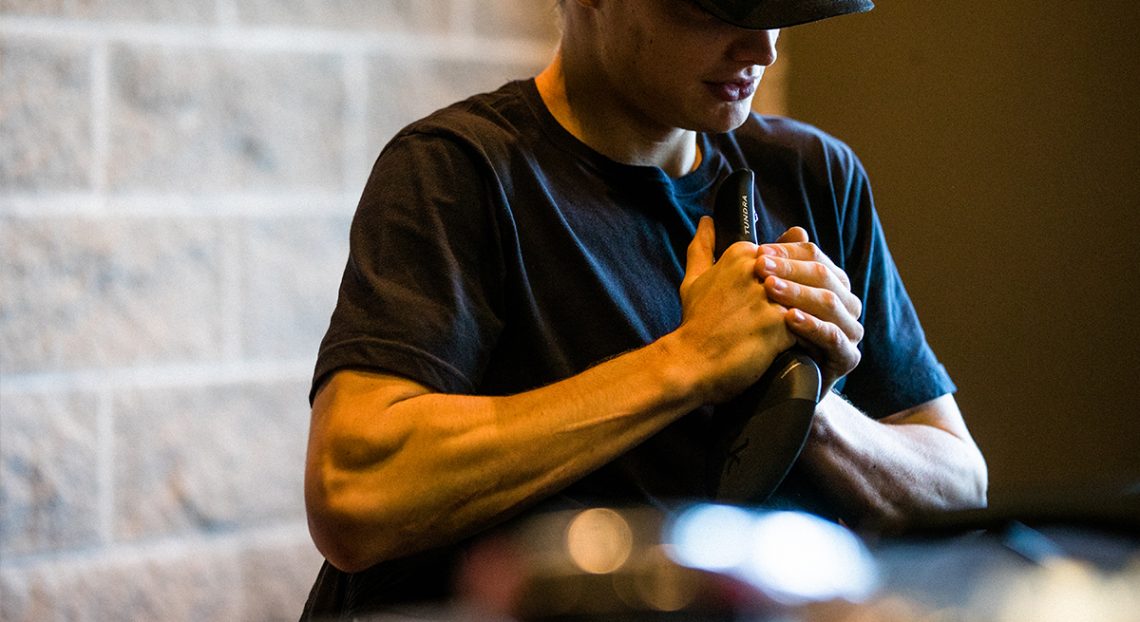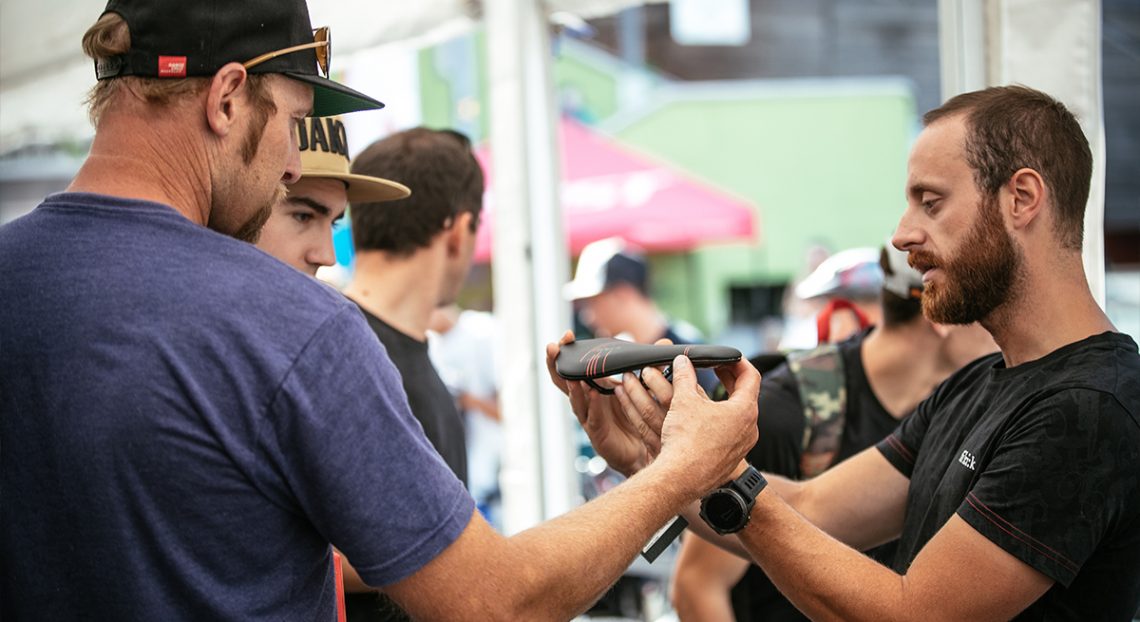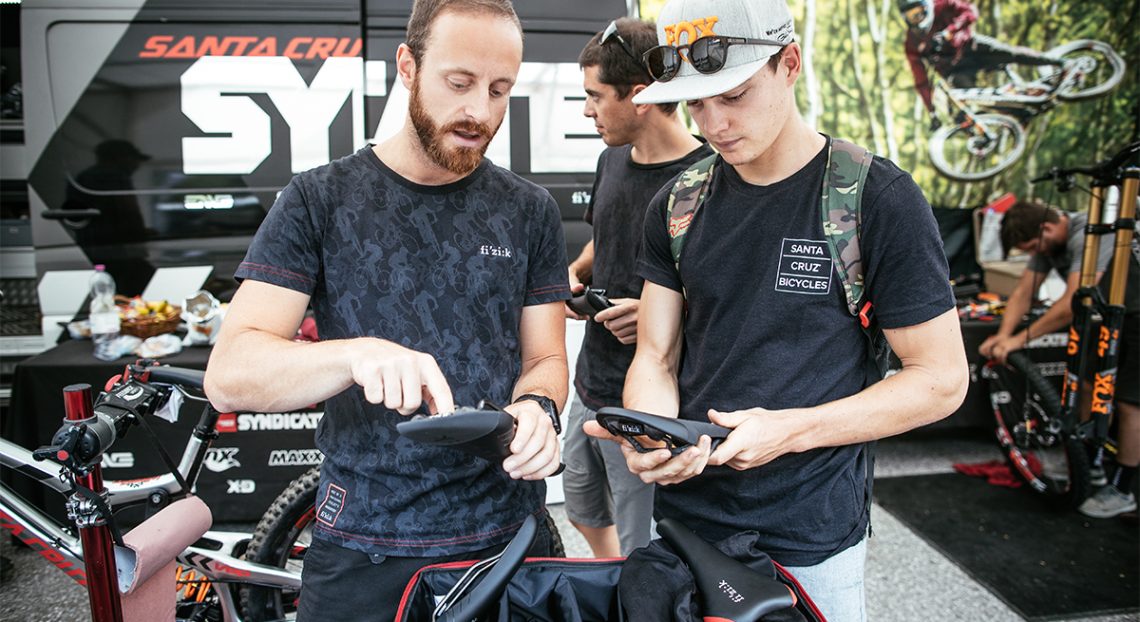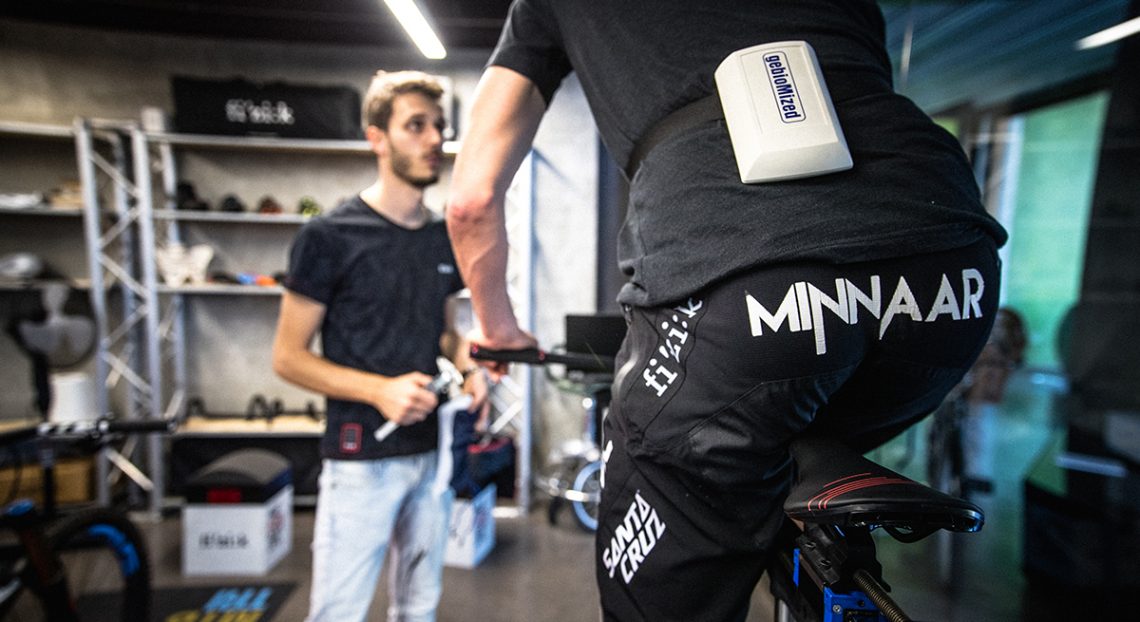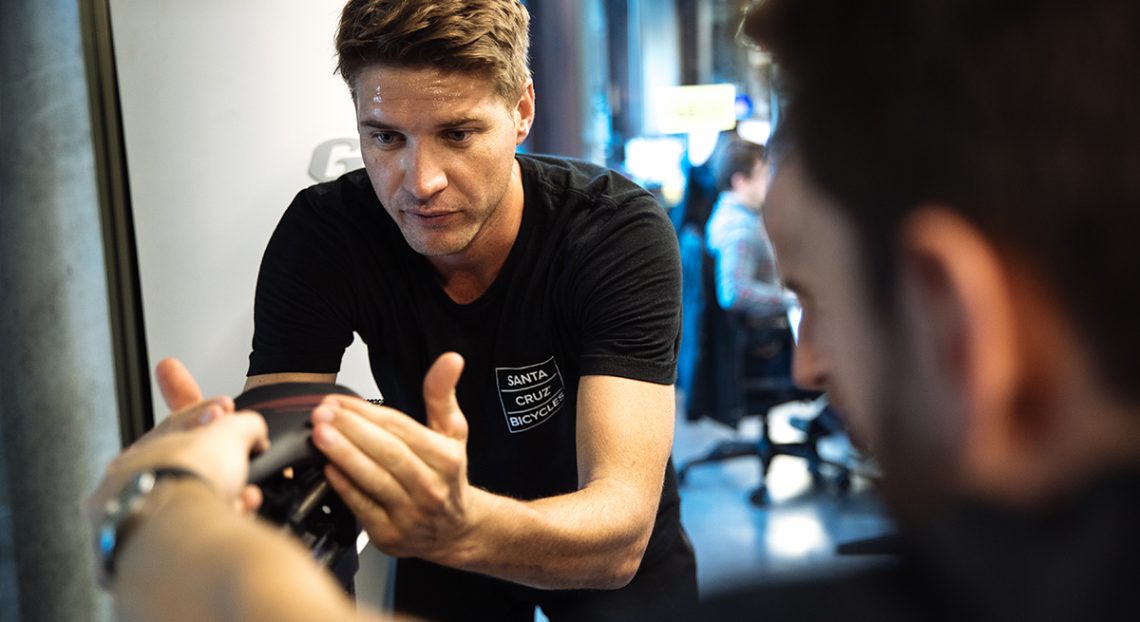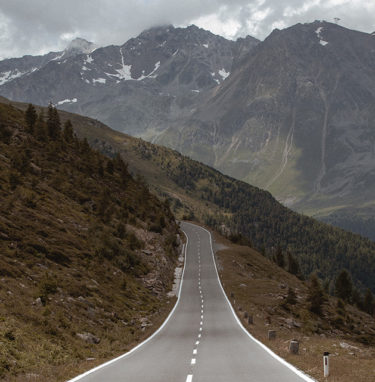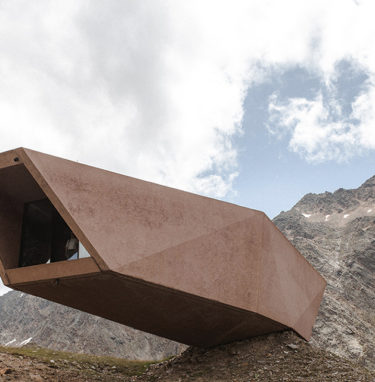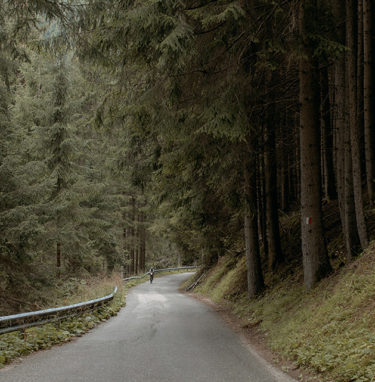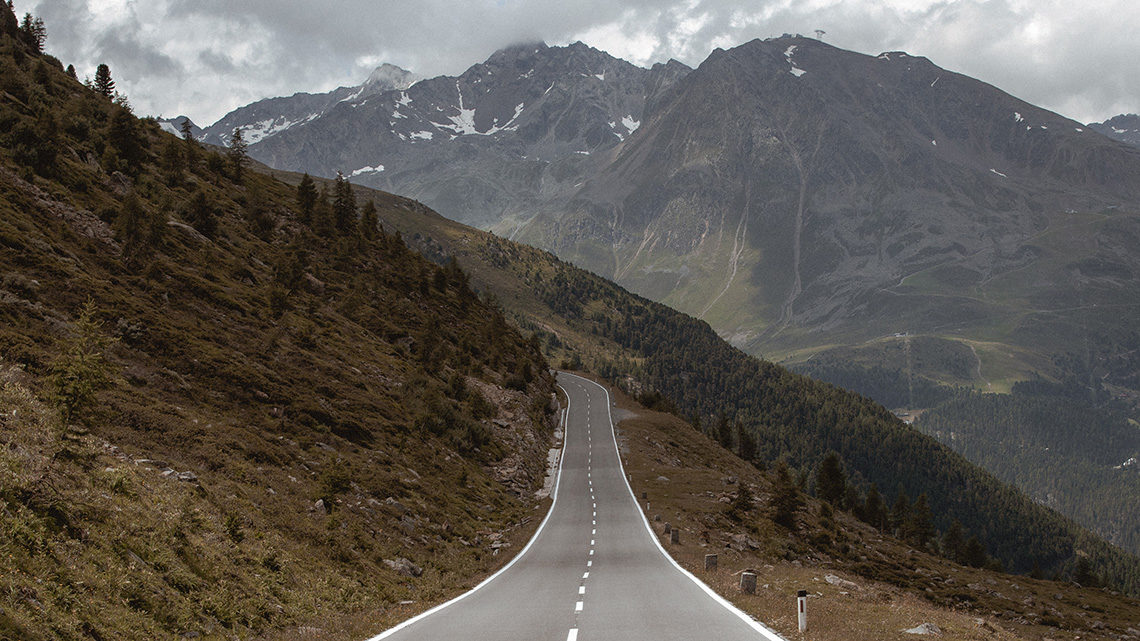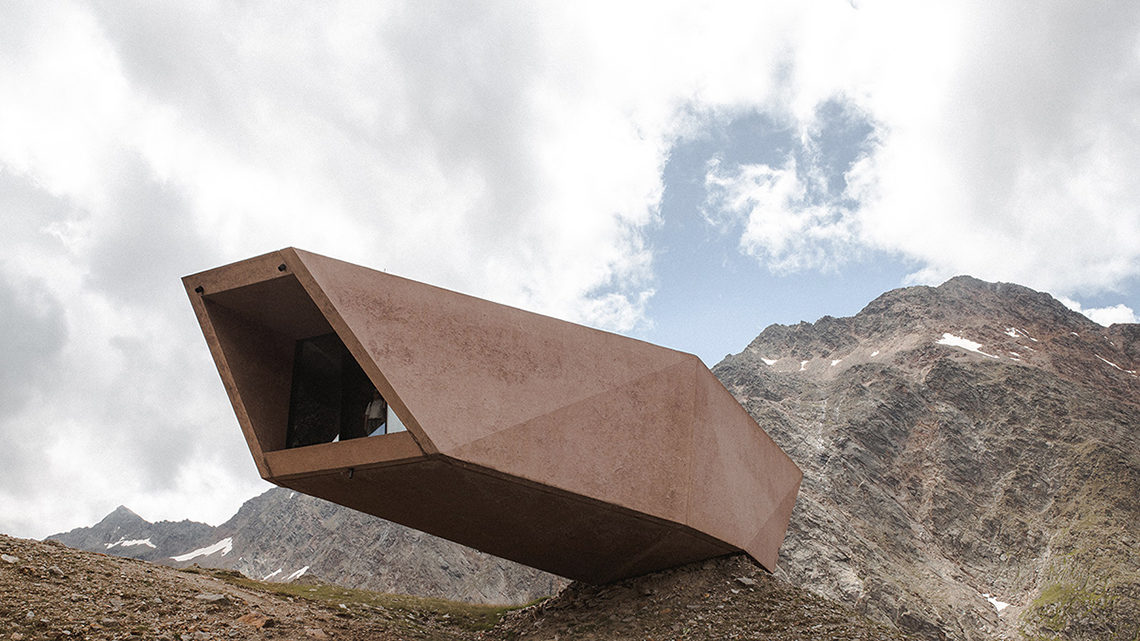With the mountain bike season coming to its end we’re celebrating another fun and fascinating year riding, racing and working together with Santa Cruz Syndicate. It’s three years that we’ve been partners with the three riders in the current line-up of the SCS – the experienced South African multiple champion Greg Minnaar, and his two young team-mates: the fast and fluid Frenchman Loris Vergier and the American Luca Shaw – and what a ride it’s been! Over the seasons we’ve seen World Cup wins, regular podiums, brave and skillful performances and a great learning curve for the two younger riders in their step up from Junior championship-winning form to Elite class. Injuries permitting, as they’ve consolidated racing at the highest level they’ve been in contention in every race in the World Cup and the World Championships. While the SCS team have been riding their V10 Santa Cruz downhill race bikes equipped with fizik’s high performance mountain bike saddles – Gobi and Tundra – into the successful 2019 season that’s just concluded with top-six overall positions for Vergier and Minnaar they, their mechanics, technicians and behind-the-scenes staff have been working in close collaboration with us. On the big race days and away from the cameras they’ve been testing and developing the new fizik mountain bike saddle range. While downhill riders might not spend much time sitting on the saddle, it’s still a key component for bike control – the riders continuously interact with it via their inner leg movements. It became clear early in this project that the riders’ feedback on the new saddles’ shape would be an important focus. The mechanics’ feedback was also crucial: the introduction of 29in wheels on DH bikes brought a whole new set of problems to solve, including rider-bike fit, riding position and tire-to-seat clearance with the long travel rear suspension. And of course factoring in and testing the fatigue and stress components needs to reliably withstand in these unforgiving riding conditions. Working side by side with the Santa Cruz Syndicate team we gathered input through brainstorming sessions, we collected data, we field tested and the saddles were raced proved. The analysis wasn’t just restricted to downhill racing, as the team have also considered the saddle’s use in other gravity disciplines, from competitive enduro to all-mountain trail riding. Together we looked at comfort when sitting, support and pressure relief features that help riders conquer even the most technical climbs. This eventually led to the two new Alpaca models, designed to suit different riding disciplines: Terra Alpaca’s waved form and pressure-relieving indent make it perfect for all-mountain and enduro riding on full-suspension trail bikes, while Gravita Alpaca’s narrow, rounded design is designed for fast, aggressive downhill riding, such as enduro, and ideal for the uncompromising World Cup racing the Syndicate have been putting them to! Photographs: @aledilullo We’re celebrating an amazingly successful 74th Vuelta together, where fizik riders delivered in style with not just a first-time winner in Primož Roglič but also a breakthrough climber, and a crowd-pleaser from one of the pro peloton’s oldest campaigners! Primož Roglič’s GC victory is not just historic as the first Grand Tour win by a Slovenian rider, but was also a cool, calm and dominant execution by the Team Jumbo-Visma rider who has only been riding a bike for six years and at WorldTour level for four. Roglič’s margin of victory was greater than the time difference he gained on the stage 10 ITT, demonstrating that he wasn’t just the best time trialist, but truly the best rider over the three weeks. It’s no coincidence that the Antares 00 rider’s blend of attack and defence also won him the Points Classification’s green jersey along with the GC red. World Champion Alejandro Valverde may have been the oldest man in the race but he was the one to push Roglič to the very limit. The Movistar Team rider, on his Antares 00 saddle, delighted the Spanish crowds with aggressive and intelligent riding and throughout the three weeks looked capable of matching his 2009 Vuelta victory, finishing in a fine second place on GC. With La Vuelta characterised by its intense, near-relentless climbing, the blue polka-dots jersey of the Mountains Classification is rightly a highly sought prize. And what a winner we had in AG2R La Mondiale’s Geoffrey Bouchard: the Infinito R1 and Aliante Open saddle rider wore the polka dots from stage 16, eventually winning with 76 points! And on the Madrid final podium, the awards didn’t stop coming. El Bala returned with the rest of his jubilant Movistar Team colleagues to collect the Team Classification in a repeat of last year’s win, to rapturous applause. An amazing three weeks full of performances and memories to cherish! Photographs: Miwa iijima/Cor Vos © 2019 An outstanding achievement by Team Jumbo-Visma’s Primož Roglič to claim his first La Vuelta a España victory! It was a commanding performance by the Slovenian to take his first Grand Tour win, the GC victory in Madrid coming as the result of the rider’s strength of character as well as his riding ability, and thanks to a great support from the Team Jumbo-Visma riders throughout the three-week race. The role-in to the Spanish capital, on the flat, final 106km stage, celebrating by sipping Cava with his team-mates, a fitting culmination to an amazing year for the 29-year-old. He won the first three stage races of the campaign that he entered: the UAE Tour, Tirreno-Adriatico, and the Tour of Romandie. He had already won stages at the other two Grand Tours, but this was the first time at the mountainous Vuelta for the Roglič – and he’s clearly very happy on Spanish soil! It surprised few people that Roglič won the Individual Time Trial, although the margin and apparent ease of the stage victory turned a few heads. From start to finish, Roglič has ridden strongly with his Antares 00 saddle, withstanding repeated attacks on the many mountain stages in an amazing display of endurance and fortitude. Bravo Primoz! Fiona Kolbinger, the German 24-year-old bike racing debutante who led the seventh Transcontinental Race from before the halfway point, duly crossed the line as the winner at 07:34 on the morning of Tuesday, 6 August. It was a huge milestone moment for her and for the race. Not only did she win her first bike race in some style, but she’s also the first woman ever to win the TCR. There have been other women ultra-distance bike race winners but surely none with Fiona’s good humour, piano-playing prowess and all-round niceness. Although she made most of the race look easy, the final push was tough. Fiona seemed likely to beat the 10-day mark for the 3,500-kilometre race and was expected to arrive in the small hours of Tuesday morning. But in the end it took her 10 days, 2 hours and 48 minutes, after a final night she described as ‘too long, too dark and too grim.’ Coming from someone who smiled her way through the punishing parcours of the previous couple of weeks without complaint, that suggests some serious suffering. Despite the tough last push, Fiona’s margin of victory was relatively comfortable. Second-placed Ben Davies arrived just over 10 hours after she crossed the line, despite a valiant chase across France. Two hours later, Job Hendrickx came home in third place, and David Schuster looked certain to hold onto fourth. Behind them, the sharp end of a great cloud of following racers was gathering for the battle over minor positions. In this group was fizik ambassador Alex Jacobson, riding well in seventh place towards the end of the 11th day of the race, not far ahead of his fellow fizik riders Levy Bagoly and Matt Falconer. The last surviving fizik rider, Cento Bressan, was a few hundred kilometres further back, approaching the penultimate control point in the French Alps. Fiona found a winning formula and stuck to it. On her trusty Canyon Endurace fitted with a Aliante saddle, she cycled for 18-19 hours and then rested for five or six, every day, regardless of the weather or the hilliness of the route. And every day she ground out the miles, hour after hour, without fuss or complaint. As word spread of Fiona’s extraordinary achievement, more and more people started to take note. Dot-watchers appeared out of nowhere at control points, to take photos and cheer her on. Journalists turned up too, eager to find out who this phenomenal athlete was. As the end approached, the pressure of all this attention started to tell and the race organisers had to step in to protect the leader by issuing requests for restraint. Despite this, more than 30 people turned up to watch Fiona finish – at 7.30 on a Tuesday morning in an obscure youth hostel in Brittany. But there was no fanfare and little fuss when she finished. Just a quiet word of congratulation from one of the race organisers Rory Kemper, a quick stamp of the brevet card and then off to the hotel for a shower and some much-needed sleep. There’s little doubt that TCR founder Mike Hall would have approved. After the relative calm of the Austrian Alps, the bustle of Le Bourg D’Oisans on market day feels almost overwhelming. Thousands of tourists amble through the town, pausing to refuel at patisseries and street cafés as they stroll between stalls selling everything from massive slabs of Gruyère to budget sports socks. This is a town that revolves around cycling. It sits in the shadow of the iconic Alpe d’Huez and within easy reach of many other famous cols, including the Croix de Fer, the Glandon, the Telegraphe and the magnificent Galibier. It’s the starting point of the infamous La Marmotte sportive ride – about which cyclists speak in hushed tones because of the savagery of the parcours, taking in just over 5,000 metres of climbing in 177km. La Marmotte might be tough, but the fourth parcours of the seventh Transcontinental Race is tougher, climbing just as much – up some of the same cols, in fact – but over 50 fewer kilometres. And let’s not forget that by the time the riders hit this parcours, they’ll have covered more than 2,500km with nowhere near enough sleep; they’ll be tired, sore and their bodies will be screaming at them to stop. But they’ll also know that this marks the end of the serious climbing in #TCRNo7. They’ll know that if they can just hold on for a few more days and pace themselves right for the 1,100km drag across France to the finish line in Brest, their race will be over. Race leader Fiona Kolbinger reached control point 4 on the terrace of the Hotel De Milan on the Rue Général de Gaulle just after 1pm on Saturday – around eight hours before second-placed Ben Davies. She looked as fit and fresh as anyone could possibly dare to hope they’d look after riding 2,500 gruelling kilometres in a week. After having her brevet card stamped, she shared the unexpected information that she sometimes sings to herself as she rides. During the TCR, she said, her favourite tunes were Highway to Hell and Staying Alive. She was feeling good, despite the 30+ degree heat. And this parcours had been her favourite so far. Then she popped into the hotel for some essential personal maintenance. But before disappearing, she sat down at the lobby piano and played a passable rendition of The Lion Sleeps Tonight – possibly the most surreal moment of the race so far. Behind Fiona, the race for third place is becoming intense. After an enforced pause at CP3, Sam Thomas lost his advantage, and now lags behind a group of riders that includes Job Hendrickx, Pawel Pulawski, David Schuster and Kosma Szafraniak among others. Not far behind them, three of the remaining fizik ambassadors – Alex Jacobson, Matt Falconer and Levy Bagoly – are all riding well, a few hundred kilometres ahead of the fourth, Cento Bressan. After the fourth control point, the parcours continues up the tough Col du Solude, a 12.5km climb with an average gradient of 7.5% with several sections steeper than 10%. It’s a prospect that Fiona dismissed with a shrug. “That’s not a hill – more of a hump.” After that the mountains are done with and it’s time for the long haul across France. The end of this epic race draws near. Fiona Kolbinger’s lead looks unassailable. But this is the Transcontinental – anything can happen. fizik’s Downhill riders and Cross-country riders prepare for another double-header of action. This time it’s Val di Sole, Italy on 3-4 August followed by Lenzerheide, Switzerland on 10-11 August for the last European fixtures of the 2019 World Cup before heading across the Atlantic for the World Championships in Canada and the final World Cup meeting in the USA. DOWNHILL At the last double-header, Santa Cruz Syndicate’s Frenchman Loris Vergier shot a storming run on a hot, dusty, slippy Andorran course to claim second place, a whisker away from repeating his maiden World Cup win. He backed this up with fifth at his home track, Les Gets. After 11th place in Andorra, Vergier’s team-mate Greg Minnaar, one of the few riders to have previously raced World Cup at Les Gets (with its a 17-year absence!), put in a pleasing seventh place in France. Luca Shaw continues recuperating from injury with top-20 finishes, matched by Team UNNO’s Greg Williamson. Vergier has moved up to fourth in the World Cup standings (matching his 2018 overall) Minnaar is sixth. The Val di Sole DH track is technically demanding with an average 22% slope from its fast flow sections and road gap near the top and the rocky, rooty “hell” wall followed by the 20-meter Pippo Jump at the end. The super-fast Lenzerheide downhill track drops 626m over 2.2km with bermed bends and 4m-high drops towards the line. They’ll both be wild! CROSS-COUNTRY Amongst our Gobi and Tundra-riding cross-country athletes, Ondřej Cink was one who felt the effects of the thin Andorran air. After taking an early lead in the Olympic-distance XCO the Czech rider suddenly slowed up and pitted, apparently with breathing difficulties, then battled back to finish 10th, matching his XCC position. All better in Les Gets, he bagged eight in the XCC and fifth in the XCO – then went on to win the Czech National Championships! It’s also congratulations to his Kross Racing team-mate Maja Włoszczowska who has just won the Polish Championships and fifth in the European Championships held in Brno! Bianchi Countervail’s Stephane Tempier finished 12th in the Olympic distance race at Vallnord, then put in a very impressive fourth at his home race, Les Gets. With a number of Italian and Swiss riders for fizik we wish them similar good fortune at their up-coming home races! In all the excitement about the savage off-road parcours leading to control point 2, it was easy to overlook what was coming next in the Transcontinental Race. The immediate challenge was to cross the 1,100km or so between southern Serbia and eastern Austria. Much of that long route is flat and relatively straightforward – if anything related to the Transcontinental can ever be described as straightforward. This is where the power-house riders settle into a big gear, hunker down on the aero bars and churn out the miles. The top riders aim to average 400km per day across the whole race, so they aim for daily totals up to 500km to compensate for days in the mountains when it’s all they can do to cover 200-250km. MORE CHALLENGING PARCOURS But if there’s one thing we’ve learned about the Transcontinental, it’s that the organisers don’t make things easy. To mark the race’s entry into the Alps, they added a 160km parcours section leading to the third control point at Pettneu am Arlberg. This 160km section features almost 5,000 metres of elevation, including some climbs that are as breath-taking to look at as they are to cycle up, including the stunning Timmelsjoch, the Passo Gardena and the climbs out of Barbiano and San Genesio. It’s a measure of race leader Fiona Kolbinger’s comfort in the hills that she reported no ill effects after this punishing parcours. She arrived at the third control point just after 1pm on day six of the race, looking as fresh as ever. There were no physical problems to report and no mechanical issues. She was surprised to be in the lead – but couldn’t see any reason why she wouldn’t hold onto it. This is a rider whose confidence is growing by the day. Not too far behind the leaders, the four surviving fizik ambassadors are all going well and seem in good spirits, although one of them, Levy Bagoly, had a tough first few days. He says: “I started to have really bad cramps, first in the left leg that was on pedalling duty, and then in the right one too. Advancing became almost impossible. But I forced my way to CP1. Once I got there I found out that I’d already fallen to 117th position. It was a bummer. I got down to Gabrovo and thought about scratching. But as Mike [Hall, Transcontinental founder] has underlined many times, you should never scratch in the night. So in the morning I decided to go on but not to force it. Ever since I’ve been feeling better and better and I’ve fought my way back into the top 20. It’s nice here so I’d like to stay.” DECISION TIME After control point three, the riders have a big decision to make. There are two obvious routes to the fourth control point at Alpe d’Huez in the French Alps: south through Italy or north through Switzerland. Which one riders choose could significantly shape the end of the race. Both routes are about the same length and include roughly the same amount of climbing. The Italian route might be perceived as the less challenging option – there’s a bit less up and down to contend with – but it also includes the relatively narrow, busy, poorly kept roads of the Po Valley, where things can also get blisteringly hot. The roads on the Swiss route are just more Swiss: smoother, broader and safer. Fiona went north into Switzerland. Only time will tell if it was a wise choice. Whichever way the riders choose, at the end of the 600km leg lies yet another challenging parcours – featuring even more climbing than the last one. The TCR hasn’t finished dishing out the punishment just yet. We choose the micro-adjustable BOA® Fit System on a number of our high performance shoes, across the Road, Triathlon and Off-road ranges, because, when combined with fizik’s unique construction designs, proprietary technologies and selection of materials, they help provide every rider with a fast, effortless, precise fit. For all these shoes we specify the lightweight and lower tension L-Series IP1 BOA® dial. L-Series is designed for low-cut footwear to deliver meticulous adjustment, comfort, and adaptability – which of course, is what high performance cyclists demand. The BOA® L-Series system is effectively three parts: the micro-adjustable dial, the strong, lightweight laces and the low-friction lace guides. Our Infinito models employ a longer lace loop in the Volume Control system which allows a differentiated fit adjustment for the instep and forefoot areas. Quick, one-handed adjustment of the BOA® L-Series IP1 couldn’t be simpler. The soft, hexagonal dial has a subtle knurled finish and slightly pliable rubber so it’s easy to grip between thumb and forefinger, whatever the conditions. To tighten you simply push the dial in – it engages with a reassuring click. Turn clockwise to tighten, click by click. The careful routing of the lace pulls the shoe’s upper closer to your foot. Turn the dial anti-clockwise to loosen. For quick release, just pull the dial out, freeing up the locking system. That perfect, close fit for every foot shape delivers high power-transfer performance, no pinch-points and all-day comfort, whatever your riding discipline. The famous Polka Dot jersey was worn onto the Champs-Élysées by French hero Romain Bardet. “This jersey symbolizes hope and not giving up,” said the AG2R LA MONDIALE rider, who rides with Arione 00, after a testing Tour de France that saw his General Classification hopes dashed early in the race, forcing a rethink of his targets. Following his own mantra of ‘take the risk or lose the chance’, Romain chose to commit to his talents as an extraordinary climber, amassing enough points in the mountains to add one of the most coveted and distinctive jerseys in professional cycling to his palmarès. Romain’s ‘never say die’ attitude has proven that setbacks should never deter riders from striving to reach their goals, and we are immensely proud to support him! Huge congratulations to Movistar Team, winners of the Team Classification at the 2019 Tour de France. With three riders, Mikel Landa, Nairo Quintana, and World Champion Alejandro Valverde finishing in the top 10, ably supported by teammates Marc Soler, Imanol Erviti, Nelson Oliveira, Andrey Amador and Carlos Verona, Movistar Team were the clear winners in the competition. Riding Infinito R1 Movistar Team and Antares 00, Nairo put in a masterful solo stage win in the Alps, showing a return to his scintillating best form in the mountains on the Stage 18 Valloire. Meanwhile, Mikel was a consistent aggressor and won the Combativity Award for his exploits on the Stage 15 Prat d’Albis, while evergreen Alejandro proved the strongest of super domestiques throughout the race to earn his top ten finish at the age of 39 years. We are incredibly proud of all 2019 Tour de France Movistar Team riders! 